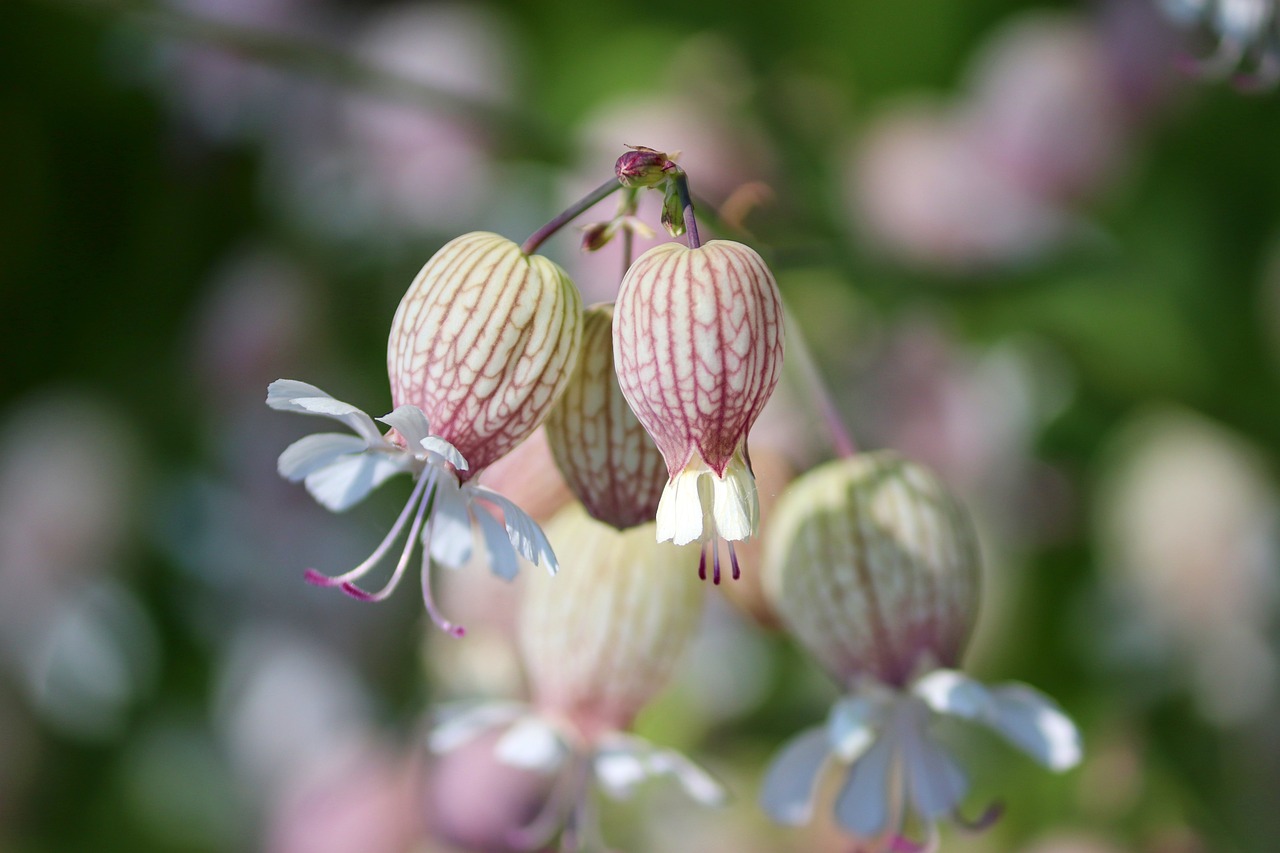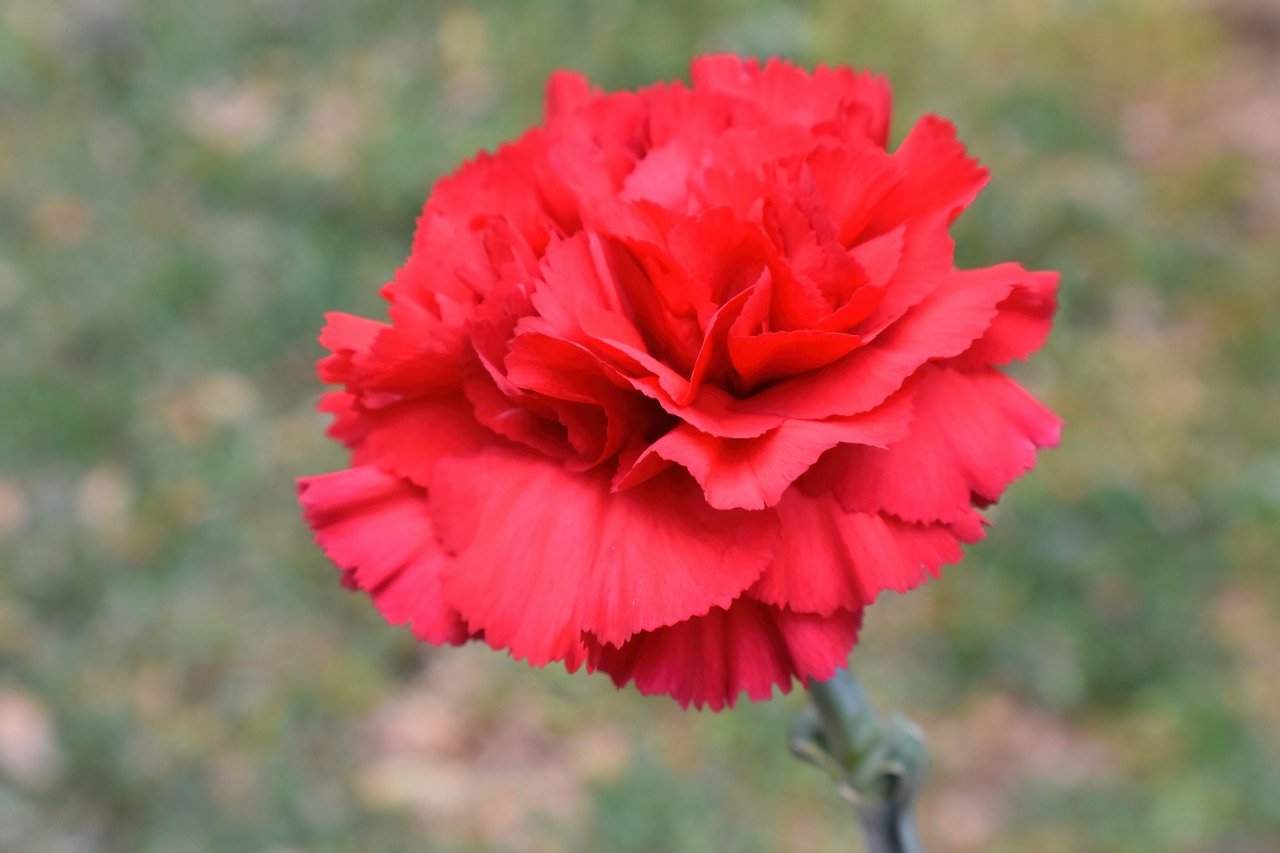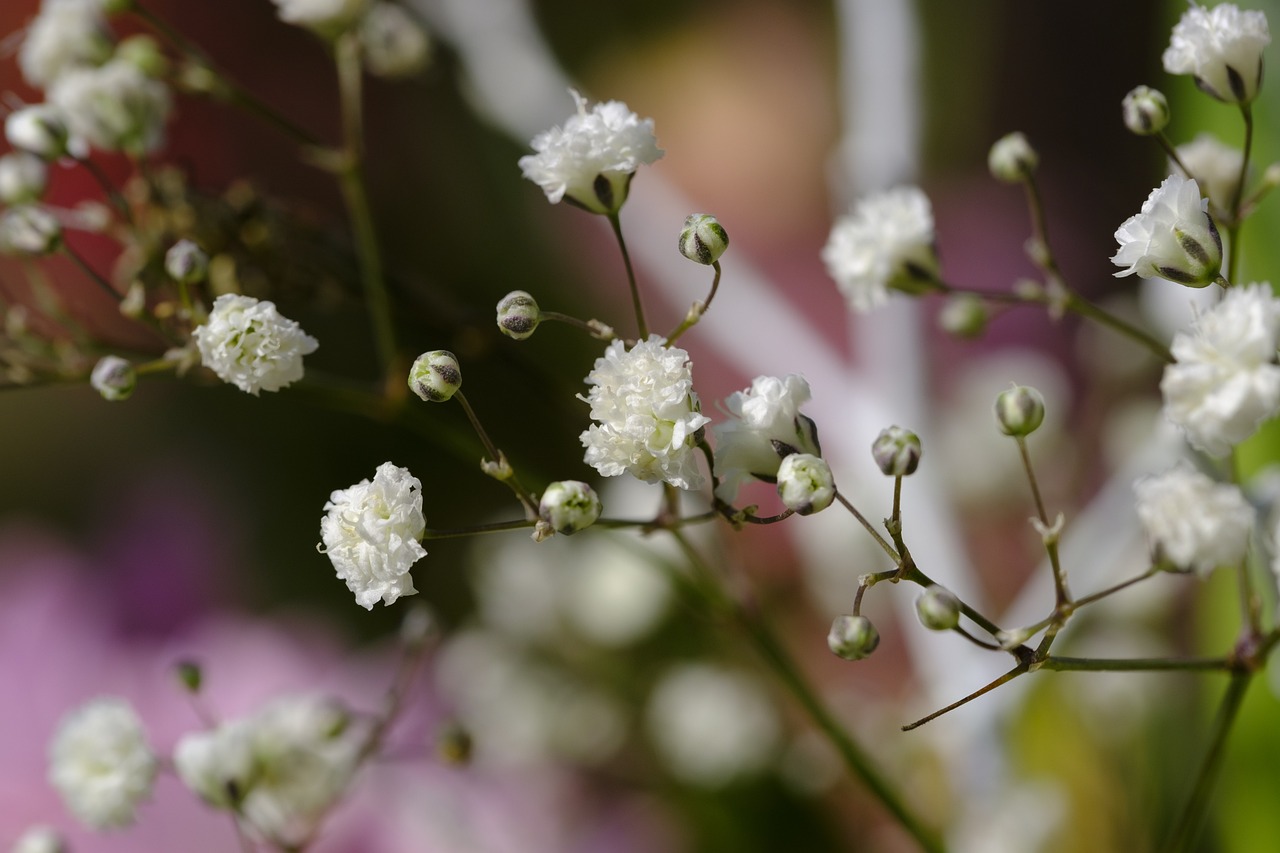Chickweed: Features and Care

Chickweed is an annual herb characterized by its delicate white flowers and slender leaves, commonly found throughout Asia including Japan. It has long been a familiar part of rural scenery, often growing in fields and along roadsides.
This article explores the basic information, cultural significance, historical background, and care tips for chickweed.
Basic Information
- Scientific name: Stellaria media
- Family: Caryophyllaceae
- Origin: Eurasia
- Appearance: This low-growing annual herb reaches a height of 10–30 cm. It features fine stems and small white flowers about 5–8 mm in diameter. Each petal is deeply split, making the flower appear to have ten petals. The leaves are opposite, ovate, and pointed.
- Blooming season: Autumn to spring (sometimes year-round depending on the region)
Cultural Significance Around the World
Chickweed has always grown close to human activity, becoming culturally ingrained in many regions. In Japan, it is known as one of the “seven herbs of spring,” often recited and recognized as part of traditional customs. In rural communities, it is appreciated as a humble wildflower that enriches everyday natural landscapes.
In Europe, chickweed is equally common, appearing in gardens, field edges, and household surroundings. Its hardy nature and delicate beauty have inspired a sense of peace and simplicity, often reflected in literature and poetry.
Historical Background
Chickweed has been known since ancient times and is mentioned in historical texts from both Asia and Europe. Roman naturalist Pliny the Elder documented this plant in his works, recognizing it as a common herb.
In Japan, it was recorded in texts compiled during the Nara and Heian periods, reflecting its connection to everyday life. During the Edo period, it also became part of gardening culture, being included among plants that celebrate the changing seasons and nature’s beauty.
Gardening Tips
Although chickweed often grows wild, with the right care it can thrive even more beautifully in gardens and pots.
Light
Prefers bright shade or partial sunlight. Avoid intense direct sunlight, and choose a softly lit location.
Watering
Water lightly when the soil surface is dry. Avoid overwatering, as chickweed does not tolerate soggy conditions.
Soil
Choose well-drained, airy soil. A mix of akadama (granular clay) and composted soil provides both moisture retention and drainage.
Fertilizer
Not usually necessary. However, during the growing season, a diluted liquid fertilizer once a month can support healthy growth.
Pruning
Remove wilted flowers and leaves regularly to keep the plant tidy and reduce the risk of pests and disease.
Cold resistance
Generally tolerates cold weather well. In non-freezing areas, no special winter protection is needed.
Conclusion
Chickweed is a modest yet charming annual herb that has long accompanied human life. In Japan, it is known as a traditional seasonal herb, while in Europe, it represents the beauty of everyday landscapes.
With historical references dating back to ancient times, it remains a symbol of coexistence with nature. Its quiet presence brings a calming atmosphere to gardens and planters alike.




